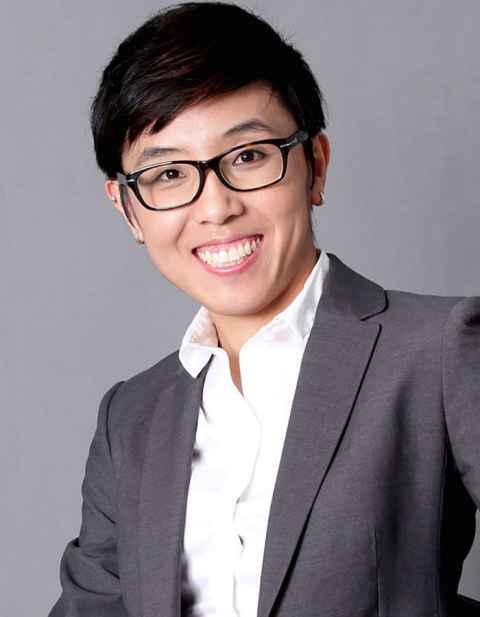Classroom intelligence: language learning and AI
4 August 2025
Language education is at the forefront of the rapid changes in AI and we need to get on board, says Danping Wang, an associate professor of Chinese language at the University of Auckland.

Using AI in language teaching and learning is rich with creative possibilities and fast becoming no longer optional, says Danping Wang, who heads the Chinese language programme in the University's Faculty of Arts and Education.
Wang is leading the charge for integrating AI into teaching and learning at the University, not only in language teaching, but across the board.
After hosting a successful AI and language learning conference at the University in January this year, she believes if we don’t engage proactively, we risk letting AI redefine education and employment without our input.
“I feel a responsibility to ensure our language programmes remain globally relevant. The discipline is facing the challenge of redefining itself earlier than many others, with the rise of machine translation, and more recently, large language models, prompting language educators to reconsider their goals, methods, and assessments.”
Wang believes if educators don’t get on board now, they’ll be left behind, especially as countries like China have already embedded AI literacy into their education systems.
“Beijing, for example, will make AI education mandatory in all schools starting this September, requiring at least eight hours of AI instruction per year.”
She says when our students travel or work in regions like East Asia, they’re entering contexts where AI is already normalised.
“New Zealand needs to catch up or at least be aware of these educational changes in other countries.”

In her own courses, where she teaches Chinese language learners at various levels of proficiency, Wang has redesigned her curriculum to specifically create space for students to explore AI tools in project-based learning design, while doing course assessments for example.
And she says evidence shows that students’ work has improved significantly through AI-augmented learning.
“For example, I’ve effectively replaced exams that just test memory with assignments throughout the semester that are not only creative and personally meaningful, but also have a life and use beyond just being ‘handed in’ as an essay no one else reads again after marking.”
“For example, I had a student who was able to share the picture book she created in the course using AI and digital tools – which features cute cartoon animals sharing basic greetings in Chinese and English – with her young child and his early childhood centre classmates, and they all loved it; so the assignment also had a community benefit beyond the University.”
As well as creating assessments that incorporate AI, Wang also uses it to generate learning materials that have vocabulary and grammar tailored to particular learning levels in a fraction of the time it would have taken her to do it herself.
AI programmes she regularly uses include ChatGPT, Claude, Microsoft Copilot, Perplexity, Gemini, NotebookLM, and Canva.
Wang believes if educators don’t get on board now, they’ll be left behind, especially as countries like China have already embedded AI literacy into their education systems.
However Wang is clear that AI is a tool, not a teacher.
“We follow a human-in-the-loop approach. AI supports creativity and efficiency, but human judgement must lead."
At the University’s AI lab, which she helped set up, Wang hosts workshops for school teachers and meetings for the University AI in Education Advisory Group about policy work relating to AI.
She’s also leading a nationwide survey, in partnership with the New Zealand Association of Language Teachers, aimed at better understand the sector’s readiness to incorporate AI in teaching and learning.
One concern in the language learning area, she says, is the digital divide.
“Indigenous and minority language educators, including those teaching te reo
Māori and Pacific languages, are underrepresented in the AI space.
“We must ensure these communities aren’t sidelined. Their voices are essential if AI is to serve all of Aotearoa.”
Looking ahead, Wang believes AI should be viewed as “a transformational force, on par with the invention of electricity or the internet”.
“And while I know it still scares many people, who focus on negatives like job losses, privacy, accuracy, copyright and the potential for cheating, for example, the longer we put off engaging with it, the harder it will become, and the more opportunities we’ll miss for influencing how well it works for us.”
She says the January conference was one of the country’s first leadership forums focused on the future of language education, bringing together more than 20 speakers and attracting 170 participants to discuss current challenges and new directions.
A second event is already planned to expand on these conversations, as she feels there’s no time to waste.
“AI isn’t just coming, it’s already here. Our job now is to shape how it’s used, and who it serves.”
Media contact
Julianne Evans | Media adviser
M: 027 562 5868
E: julianne.evans@auckland.ac.nz